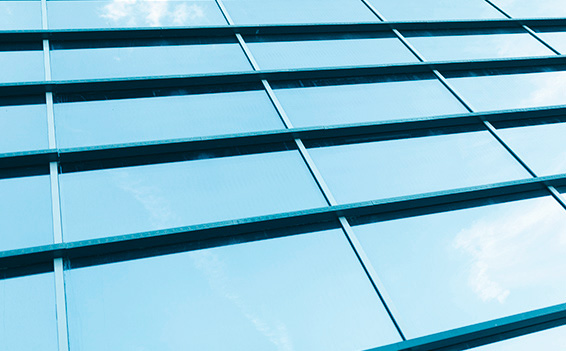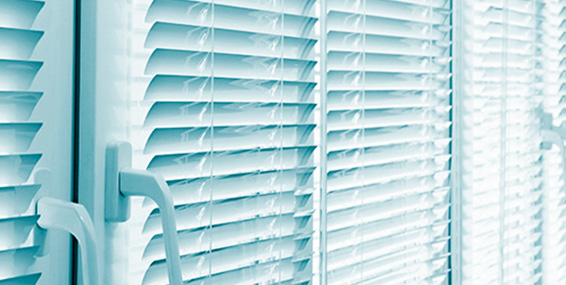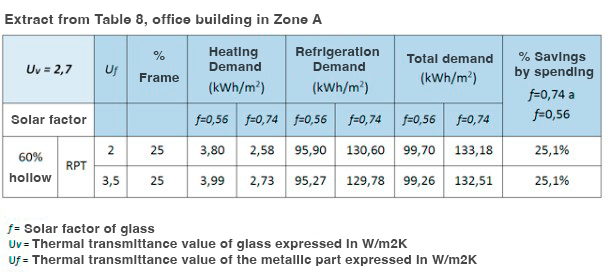
Solar factor
The solar factor represents the solar energy that a given enclosure allows to pass through to the interior rooms. It responds to the following formula:
The solar factor is affected by different elements:
- Relative percentage (%) of frame and glass.
- Solar factor (f) of the glass itself.
- Solar protection elements such as louvres, shutters, awnings, etc.
By modifying the above elements, a modification of the solar factor can be achieved.
Now that we know what the solar factor is, the next question is: What is better, a high or a low solar factor? The answer to this question is not trivial. Depending on the type of climate in which the windows are located and the orientation of the windows, a high or a low solar factor may be better.
For example, in a cold climate, such as Burgos, the best option would be a high solar factor, i.e. a lot of energy passes through the window to heat the inside of the house and thus reduce heating costs. On the other hand, in a hot climate such as Alicante, the most interesting option would be a low solar factor to avoid having to cool the house a lot in summer, thus saving energy.


In the table extracted from the aforementioned study carried out by TECNALIA, the effect of the solar factor on the energy efficiency of the building can be clearly seen.
In this extract from Table 8 of the TECNALIA study, which represents an office building in Climate Zone A, it can be seen that by changing the solar factor of the glass by 24.3% (from f=0.74 to f=0.56) an improvement of 25.1% in energy savings can be achieved.
However, the best way to achieve high energy efficiency is to use a variable solar shading system, such as a window shutter or a c. In this way, maximum use is made of the sun's energy contribution in winter and cooling requirements are reduced in summer.




